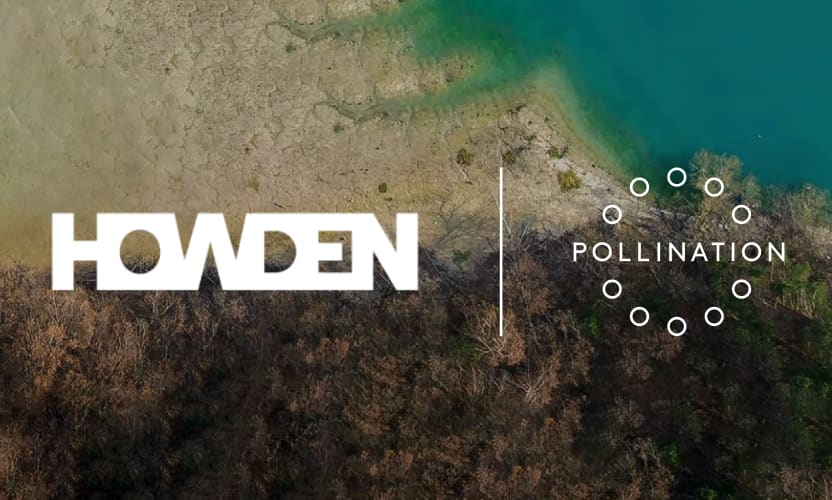Scaling use of parametric risk transfer can help protect natural assets: Report

The use of risk transfer and insurance arrangements are seen as a supporting mechanism for unlocking capital to power net zero and to protect natural assets, with scaled up use of parametrics seen as key, according to a new report from Howden and Pollination Group.
The report calls for the use of risk transfer to mobilise capital, by derisking investment opportunities, as well to enable the protection of natural assets, support the development and expansion of environmental trading markets, and to support governance as well.
Integrating traditional underwriting, advanced techniques such as parametrics, and natural assets can both enhance resilience and support deployment of capital into project that can benefit communities and protect investments.
The report states, “While the market for insurance focused on nature risk is still nascent, there are significant parallels in other markets, with opportunities to leverage existing solutions. For example, the sector can begin by building upon established insurance coverage that can already be applied to Nature Based Solutions (NbS) projects, such as for political risk, negligence, fraud, and natural catastrophes. Further, related areas such as timber or crop insurance could be extended through innovative partnerships to specifically incentivise sustainable, regenerative practices which benefit nature. Other established products like environmental impairment liability insurance can be adapted to provide protection against nature loss events.”
The report highlights why parametric risk transfer techniques can be supportive and also drive innovation in the way natural assets are playing a role in the net zero journey.
“The insurance sector can scale offerings of parametric products, which support restoration after a destructive event occurs, to natural assets beyond coastal systems delivering monetisable ecosystem services.
“Initial priority geographies could include regions with high exposure to climate impacts, strong potential resilience benefits from Nature Based Solutions (NbS), and a concentration of impacted sectors, such as tourism. Scaling this offering could effectively unlock capital for natural assets,” the report explains.
The report cites many relevant parametric risk transfer examples, from the well-documented coral reef covers, to initiatives such as insurance to support the regenerative agriculture transition, or wildlife focused insurance products that demand ecological forestry practices, and supporting projects delivered under green bond programs through the hedging of extreme weather exposure.
Risk transfer can also help to mobilise capital, through enhanced crop insurance schemes, scaled use of insurance to support nature-based debt instruments, as well as integration into carbon markets and other environmental markets.
“Parametric products could facilitate rapid payouts to mitigate reversal events or non- delivery of outcomes owing to perils like extreme weather events for biodiversity credit or nature- based carbon credit projects,” the report states.
It concludes, “Urgent action is needed to close the financing gap for nature and catalyse the nature-positive transition to a more resilient global economy. The insurance sector is poised to help break down barriers to investment and drive a step change in capital flow for nature.
“Through design and allocation of appropriate risk- transfer mechanisms, the insurance sector can support and enable the global financing solutions urgently needed to address the interdependent biodiversity and climate crises.”






